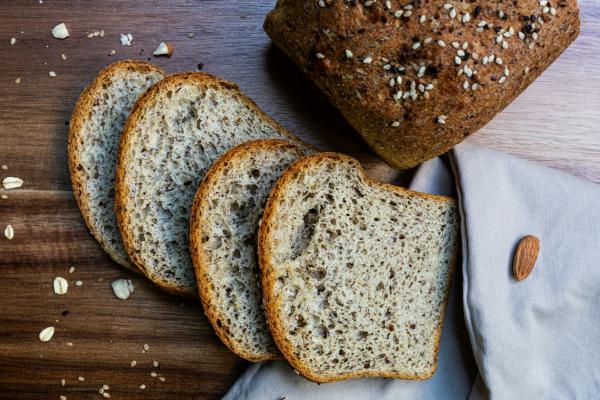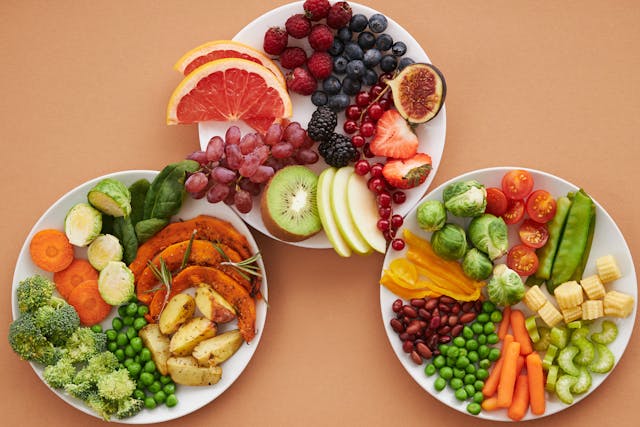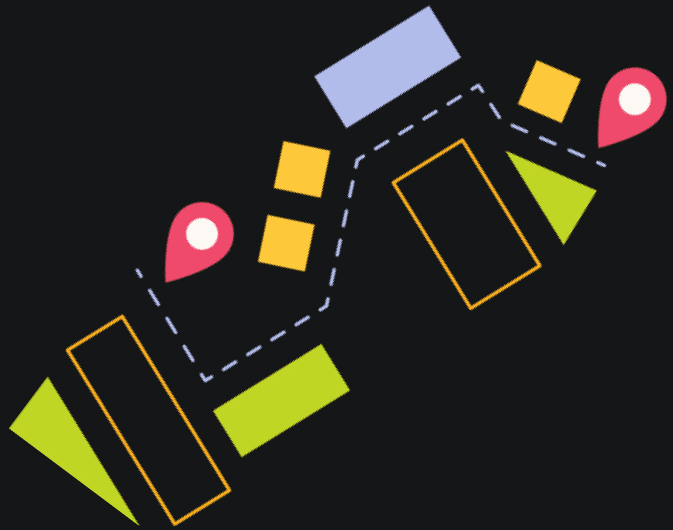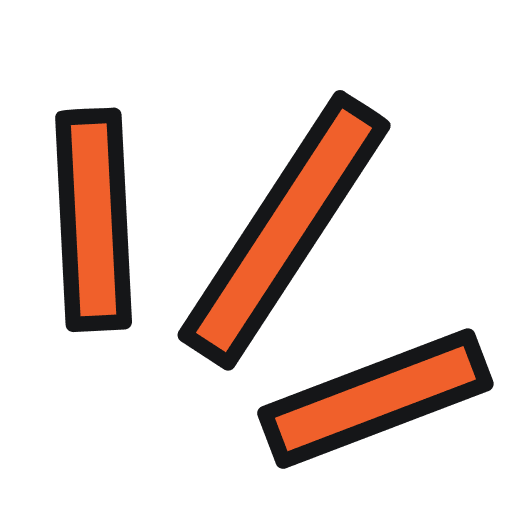


Are you looking to make a healthier choice regarding your daily bread? Step into the delightful world of low-sugar bread and wave goodbye to the guilt and cravings brought on by sweet bread. This blog will discuss sugar-free bread and how it may transform your diet and health.
Low-sugar bread is made without adding refined sugar or high-fructose corn syrup. It contains 5 grams of sugar or less per slice. This reduces the glycemic impact compared to regular bread that contains 10 or more grams of sugar.
Eating excessive amounts of added sugar is associated with weight gain, type 2 diabetes, heart disease, and other health problems. The average American consumes 77.3 kg of cane sugar per year! Cutting back, even slightly, provides benefits.
Bread is typically sweetened with sugar or high-fructose corn syrup to enhance flavor and promote browning during baking. However, sugar-free varieties eliminate these refined carbohydrates.
Instead of using added sugars, skilled bakers rely on natural techniques to achieve a delicious taste.
Fermentation: Using sourdough or a long fermentation process enables natural yeast and bacteria to generate intricate flavors by breaking down starches.
Whole Grains: Whole wheat, oats, rye, and other grains contain nutrients and fiber that add robust and complex flavors to baked goods without additional sweeteners.
Seeds & Nuts: Ingredients such as sunflower, pumpkin, or flax seeds add texture, creaminess, and natural hints of sweetness through their oils.
Dried Fruit: Small amounts of dried cranberries, cherries, or apples contribute to flavor profiles with their natural fructose sugars and fiber.
Natural Flavorings: Extracts from vanilla, cinnamon, cocoa, or other spices enhance the appeal of baked goods instead of using large amounts of added sugar.
Minimal Processing: Minimizing milling and refining of flour preserves nutrients and enables the bread to develop rich flavors with slowly released carbohydrates from whole grains.
Through careful formulation that leverages natural processes, low-carb and low-sugar bread maintains appealing flavors that are subtle enough for any palate. Modern food science expertise makes enjoying this low-sugar carb a pleasure.

Low-sugar breads provide a delightful range of choices for individuals looking for the taste of sweet bread without the additional sugars and calories. Whole grain varieties packed with fiber-rich wheat, oats, and rye nutrients satisfy hearty cravings. Seeded loaves highlight the natural flavors of seeds such as sunflower, pumpkin, and poppy.
Fruity breads, such as banana nut or cranberry walnut, recreate popular combinations using dried fruits and warming spices. Gluten-free enthusiasts can find nut-based slices of bread made from almond, coconut, or chickpea flour that provide protein, fats, and fiber.
Even dessert-style treats, such as cinnamon rolls and zucchini quick bread, showcase inventive recipes that subtly satisfy a sweet tooth. With artisanal bakers crafting imaginative, sugar-free loaves using wholesome ingredients, satisfying carb cravings has become effortless. Enjoying innovative varieties nurtures health while pleasing even the most discerning palate.
Lowers risk of weight gain – Bread without added sugars is lower in calories and doesn’t cause spikes in blood sugar and insulin levels, thereby reducing cravings.
Supports diabetes management – Its lower glycemic index means it does not cause as much of a spike and crash in blood sugar levels as sugary bread.
A richer nutrient profile – Less processing means more B vitamins, fiber, minerals, and antioxidants remain intact instead of being lost during refinement.
Regulates appetite – Fiber and protein help you feel full for longer, making you less likely to overeat during meals.
Kids love it too! Fun flavors without sugar can encourage children to choose nutritious carbohydrates for their balanced meals and snacks.
Benefits of Gut Health – The prebiotic fiber nourishes beneficial bacteria in the digestive system, leading to enhanced immunity and better nutrient absorption.
Choosing high-quality bread more often makes it easier to reduce empty sugar calories and refined carbs, leading to significant preventive health benefits through a subtle dietary change.
Myth 1: It tastes bland without sugar.
Fact: Studies show people cannot taste the difference between sweet and savory bread when sugar is gradually reduced. Quality ingredients allow for flavor complexity without the need for sweeteners.
Myth 2: Sugar is necessary for texture and moisture.
Fact: According to scientific research, bread made with long fermentation and whole grains develops structure and stays fresh due to natural yeast activity and fiber.
Myth 3: Sugar provides energy.
Fact: Research has found that fiber-rich carbohydrates and proteins provide sustained energy, whereas sugar causes spikes and crashes in blood sugar levels. Fiber improves metabolic health compared to sugar.
Myth 4: Cutting sugar is difficult.
Fact: Studies demonstrate that taste preferences adapt within days to weeks of reduced sugar intake as savory flavors become more prominent. Gradual steps prevent cravings.
Myth 5: It’s incomplete without sugar.
Fact: Nutritional analyses prove that this bread provides the same macro and micronutrients as sugary varieties. This is achieved by using balanced natural ingredients instead of empty calories.
Myth 6: Sugar prevents food from becoming stale.
Fact: According to food science research, preservatives are unnecessary when proper storage controls moisture. Antioxidants in whole grains naturally help to preserve the freshness of bread.
Armed with evidence, people feel empowered to choose nutritious, healthy bread that clinical studies demonstrate is just as satisfying once misconceptions about sugar’s role are debunked.
Conclusion
Incorporating delicious, low-calorie bread varieties into your daily meals is a simple swap that can significantly improve your health in the long run. Unlike sugary processed loaves, these nutritious options support weight control, diabetes management, and overall wellness by providing balanced macronutrients.
Creative formulations made from nutritious grains, seeds, and other natural ingredients satisfy cravings for sweetness without adding extra calories or causing




















Sign up below to receive exclusive deals and be first to know when delicious new products are coming out.